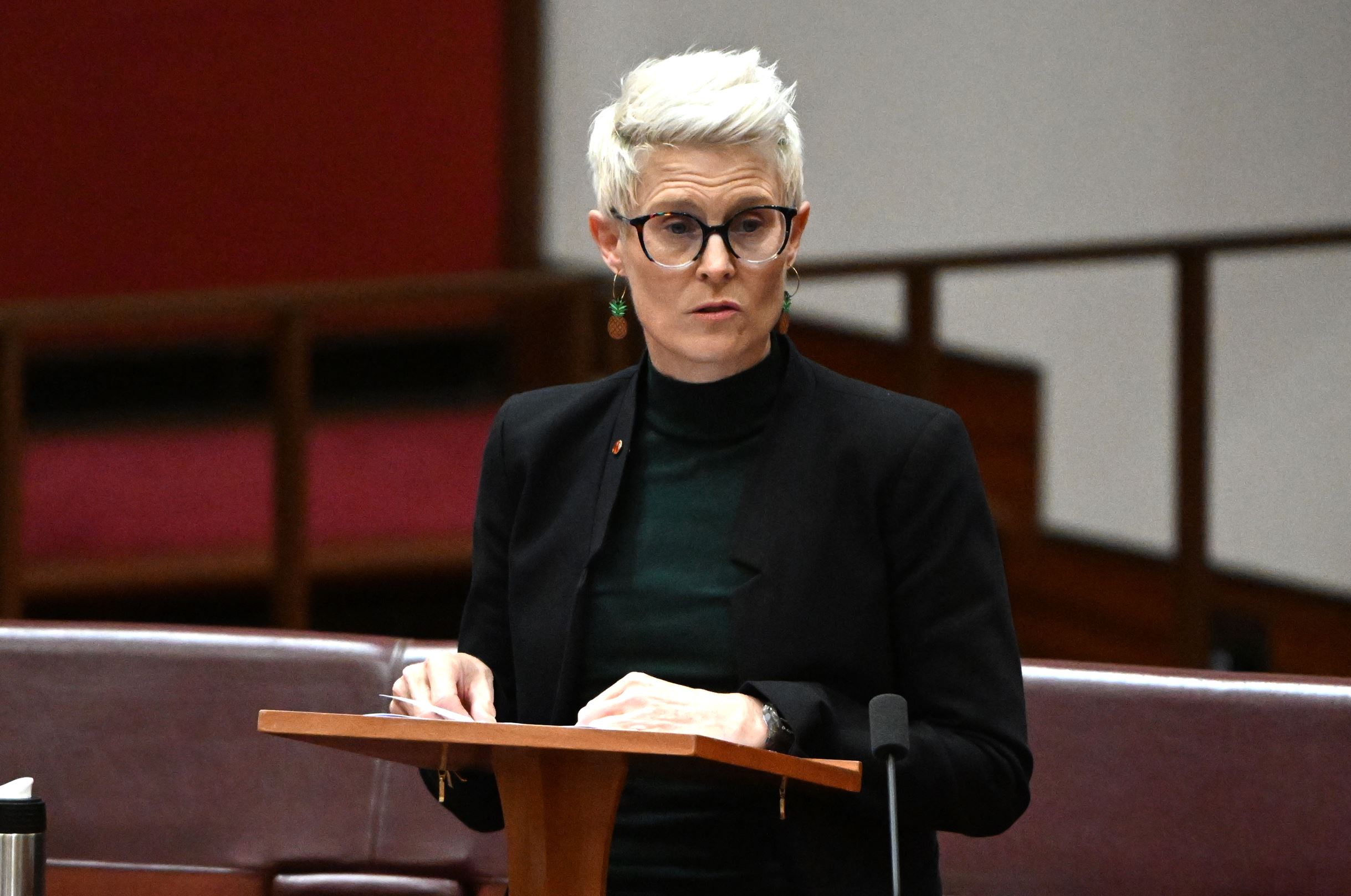The Productivity Commission’s latest Report on Government Services shows that real per student government spending on private schools grew by 3.7 per cent a year in the decade to 2022 – a growth rate 60 per cent higher than public schools, which only saw a 2.3 per cent annual increase.
The report, which compares the performance of governments in the efficient and effective delivery of a wide range of services aimed at improving the wellbeing of all Australians, also showed that 31.4 per cent of public school students had low Socio-Educational Advantage (SEA) status, compared to only 13.2 per cent of students in private schools.
Only 1.3 per cent of public schools in Australia receive 100 per cent of the Schooling Resource Standard (SRS), while 98 per cent of private schools are overfunded.
Greens spokesperson on Primary & Secondary Education, Senator Penny Allman-Payne, said the school funding model is “catastrophically broken”.
“Australia’s school system is meant to be a great driver of equity and upward mobility, but it’s increasingly just another way the private sector extracts public money to enrich a privileged few,” she said.
“The promise of Gonski was a needs-based, sector-blind funding model that would direct spending to the kids that needed it most.
“But it’s clear the opposite has happened. The private sector is favoured above the public system, and poorer, regional and remote and First Nations kids are the ones who suffer."
Critics of this year’s Federal Budget, including the AEU, said it failed to increase the Commonwealth share of the Schooling Resource Standard to 25 per cent, despite widespread support across the nation for the increase, from principals, teachers, parents, unions, community groups and six state and territory governments.
At the time, AEU federal president Correna Haythorpe said while she acknowledged that funding negotiations between the federal, state and territory governments remain ongoing, she said the public knows that there is deep inequity in how public schools are funded when compared with private schools in Australia.
“If the Government can find $2.5 billion to overfund 40 per cent of private schools they can find the money to meet their election commitment to end the underfunding of public schools,” she said.
Allman-Payne claimed today that it is now beyond debate that public schools need to be funded to 100 per cent of the Schooling Resource Standard as a matter of urgency.
“Labor says it will introduce legislation to lock in new school funding deals, which is likely to put Greens in the balance of power on any future bills,” she said.
“We’ll use our numbers in the Senate to fight for 100 per cent SRS funding to all public schools by January 2025, an end to the public overfunding of wealthy private schools and ongoing capital investment in public schools from the Commonwealth.”
Snapshot of schools data from the Report On Government Services
- There were nearly 4.1 million FTE (full-time equivalent) students enrolled in school nationally in 2023, a 1.1 per cent increase compared with 2022.
- There were 2.6 million FTE students enrolled in government schools (or 63.9 per cent of all FTE students). This proportion has decreased from a peak of 65.7 per cent in 2019 and 2018, and is the lowest in the last 10 years of data reported.
- Last year there were nearly 1.5 million FTE students enrolled in non-government schools (or 36.1 of all FTE students), with the proportion of FTE students enrolled in government schools higher for primary schools (68.7 per cent) than secondary schools (58.0 per cent).
- The student to teaching staff ratio for all schools in 2023 was 13.1 students to one teacher, unchanged from 2022. The student to teaching staff ratio was lower in non-government schools than government schools at 12.6 and 13.4 students to one teacher, respectively.
- Nationally in 2023, there were 311,655 FTE teaching staff, an increase of 1.4 per cent from 2022. Of these, 50.6 per cent were teaching in primary schools and 49.4 per cent in secondary schools.














